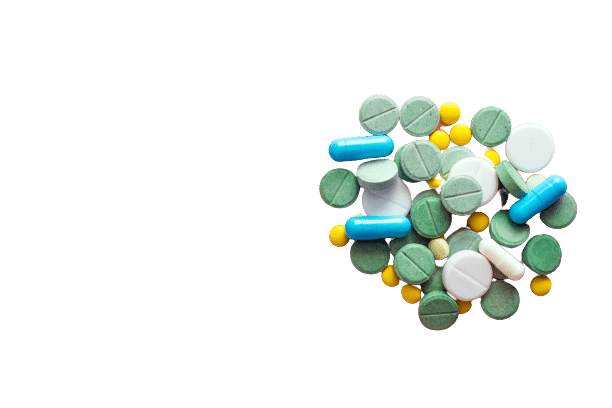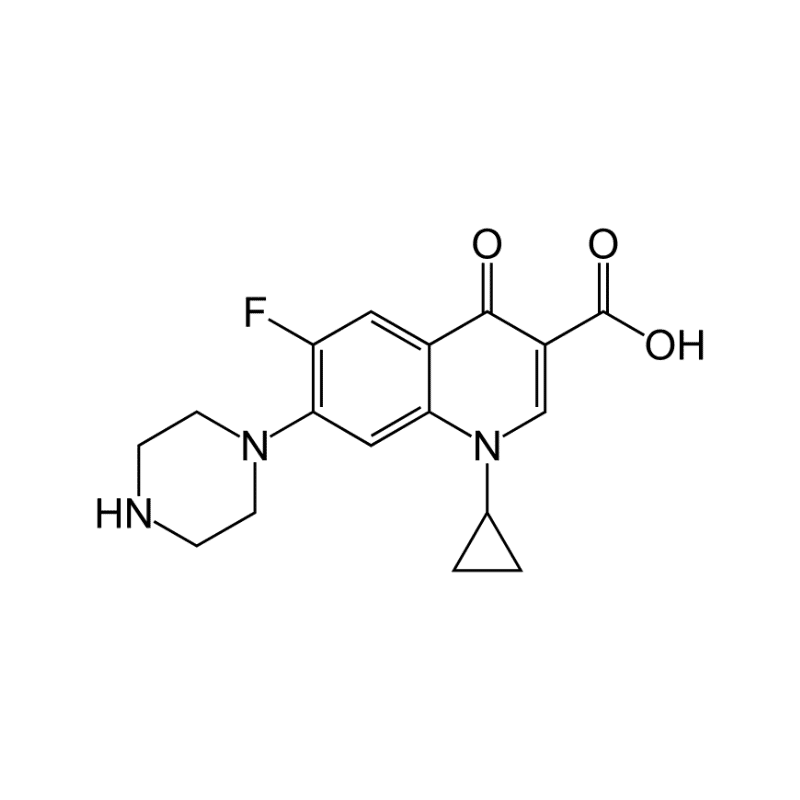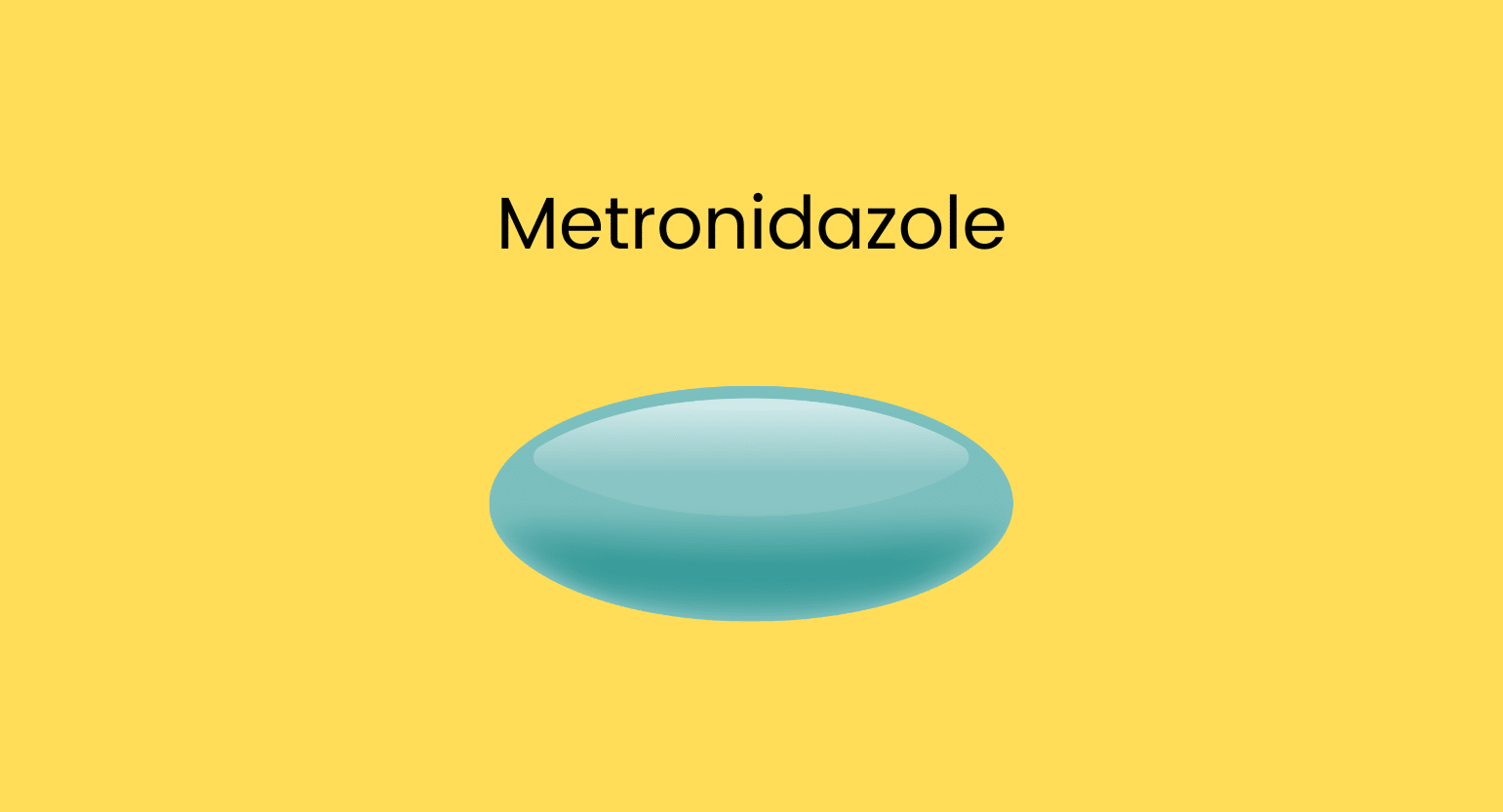Does Kratom Interact With Ciprofloxacin (Cipro)?
When kratom and antibiotics like ciprofloxacin (Cipro) are used together, they can have a moderate interaction by either decreasing the antibiotic’s effects or increasing the toxicity of the drugs. This effect becomes more likely with long-term use of both kratom and ciprofloxacin.
Consult your doctor first if you wish to use kratom with ciprofloxacin.
Kratom and ciprofloxacin interact in the following way:
Slowed Elimination (Metabolic Competition)
Kratom is metabolized in the liver by several CYP450 isoenzymes. CYP3A4 is the primary isoenzyme responsible for kratom metabolism, followed by CYP2D6 and CYP2D9 [1]. Ciprofloxacin can inhibit the action of CYP3A4.
Because of this inhibitory action, ciprofloxacin may hinder kratom’s metabolization rate. Kratom can remain in the system for a longer time frame, making it more liable to cause side effects and decreasing ciprofloxacin’s effects [2,3].
Similar Medications: Kratom & Other Antibiotics
Kraton has similar interactions with other antibiotics.
Here’s a list of antibiotics that could interact with kratom:
- Amoxicillin
- Azithromycin
- Doxycycline
- Cephalexin
- Fosfomycin trometamol
- Levofloxacin
- Nitrofurantoin
- Sulfamethoxazole
- Trimethoprim

Is It Safe to Take Kratom & Ciprofloxacin (Cipro) Together?
When taken together, ciprofloxacin might impair kratom’s proper metabolization. This combination involves a moderate risk of experiencing side effects. If you get a prescription for ciprofloxacin treatment, speak with your doctor before taking kratom.
What Is Ciprofloxacin?
Ciprofloxacin (Cipro) is a type of antibiotic that falls under fluoroquinolones. In 1987, Bayer received FDA approval for orally administered ciprofloxacin. The intravenous form was approved in 1991. The patent of Bayer expired in 2004.
This antibiotic treats serious chest infections, skin and bone infections, sexually transmitted diseases, and eye and ear infections.
Ciprofloxacin Specifications

| Drug Name | Ciprofloxacin |
| Trade Name | Cipro, Cipro, Ceflox, Cifran, Ciplox |
| Classification | Fluoroquinolones Antibiotics |
| CYP Metabolism | CYP1A2 |
| Interaction With Kratom | Metabolic Competition |
| Risk of Interaction | Moderate |
Other Names for Ciprofloxacin
Ciprofloxacin is sold under many different names. All share the same risk and potential interactions.
Other names for ciprofloxacin include:
- Cipro
- Ceflox
- Cifran
- Ciplox
- Ciproxin

What Does Ciprofloxacin Do?
Ciprofloxacin is a medicine used to treat a variety of bacterial infections. Furthermore, it helps stop people from getting meningitis if they have been close to someone with the infection. Ciprofloxacin belongs to a class of drugs called quinolone antibiotics.
This compound works by inhibiting the action of an enzyme called DNA gyrase in susceptible organisms. It inhibits the relaxation of supercoiled DNA and promotes the breakage of double-stranded DNA. Thus, this stops bacterial multiplication and helps to treat the infection. Ciprofloxacin is not effective against viral infections.
What Are the Side Effects of Ciprofloxacin?
Common ciprofloxacin side effects include:
- Nausea (3%)
- Abdominal pain (2%)
- Diarrhea (2% adults; 5% children)
- Increased aminotransferase levels (2%)
- Vomiting (1% adults; 5% children)
- Headache (1%)
- Increased serum creatinine (1%)
- Rash (2%)
- Restlessness (1%)
Serious side effects of ciprofloxacin are:
- Changes in your sight, smell, taste, or hearing
- Diarrhea
- Hypersensitivity
- Low mood
- Muscle weakness
- Pain in joints or tendons
- Palpitations
- Seizures
- Sudden breathlessness, especially when lying down
- Tiredness
Contraindications of Ciprofloxacin
Ciprofloxacin should not be taken in some conditions. They include:
- Children less than one year of age
- Concurrent tizanidine administration
- Known hypersensitivity to ciprofloxacin

Important Points to Know About Ciprofloxacin
- Ciprofloxacin’s most common side effects are feeling sick (nausea) and diarrhea.
- Avoid taking ciprofloxacin tablets or liquid together with dairy products like milk, cheese, and yogurt.
- It is rare, but the tablets and liquid can cause weak muscles, pain or tingle in legs and arms, painful or swollen joints and tendons, and a fast or irregular heartbeat. Contact a doctor immediately if you experience any of these side effects.
What Is Kratom?
Kratom (Mitragyna speciosa) is a tree native to Southeast Asia and a member of the coffee family. It is consumed for various purposes, such as relief from pain, anxiety, and insomnia, and provides euphoric feelings. It also treats opiate addiction and withdrawal symptoms [4].
While the FDA has not approved it, the World Health Organization (WHO) researched the available information and found kratom is not a danger.
Kratom’s effects are dose-dependent, meaning the amount you take will determine your overall experience. Different kratom strains also cause the effects to vary, so ensure you read up on how to dose correctly and the differences between kratom strains.
Related: Is Kratom Dangerous?

How Does Kratom Work?
Kratom leaves have many alkaloids as active ingredients — more than 40 of these compounds have been identified. The primary ones are mitragynine and 7-hydroxymitragynine, which modulate opioid receptors and other systems [5].
The alkaloids appear to exert diverse activities at other brain receptors (including adrenergic, serotonergic, and dopaminergic receptors), which may explain the complex pharmacological profile of kratom. However, the characterization of effects at these other targets remains limited.
Due to this binding on various receptors, kratom has been used traditionally for its stimulant, mood-elevating, and analgesic effects. It has recently attracted significant attention due to an increased interest in alternative medicine.
Related: Making Sense of Kratom Research
Side Effects of Kratom
Kratom is safe for most people, though it is addictive and dangerous if mixed with other substances like opioids. Large doses of kratom can cause many serious side effects.
Some of the most common side effects are mentioned below:
- Dizziness
- Headaches
- Heart palpitations
- Irritability
- Nausea
- Vomiting
Severe — but rare — side effects include:
- Acute kidney injury
- Addiction
- Anxiety
- Hypothyroidism
- Liver injury
- Seizures

Key Takeaways: Is It Safe to Take Ciprofloxacin (Cipro) With Kratom?
Kratom is a herbal supplement used to combat fatigue, chronic pain, and sleep disorders. On the other hand, ciprofloxacin is an antibiotic prescribed by the doctor for various bacterial infections.
There is a moderate risk of increased toxicity with using kratom with ciprofloxacin together. If you are taking kratom, you must inform your doctor whenever ciprofloxacin is prescribed.
- Kamble, S. H., Sharma, A., King, T. I., León, F., McCurdy, C. R., & Avery, B. A. (2019). Metabolite profiling and identification of enzymes responsible for the metabolism of mitragynine, the major alkaloid of Mitragyna speciosa (kratom). Xenobiotica, 49(11), 1279-1288.
- Herrlin, K., Segerdahl, M., Gustafsson, L. L., & Kalso, E. (2000). Methadone, ciprofloxacin, and adverse drug reactions. The Lancet, 356(9247), 2069-2070.
- Samoy, L., & Shalansky, K. F. (2010). Interaction between methadone and ciprofloxacin. The Canadian journal of hospital pharmacy, 63(5), 382.
- Eastlack, S. C., Cornett, E. M., & Kaye, A. D. (2020). Kratom—Pharmacology, clinical implications, and outlook: a comprehensive review. Pain and Therapy, 9(1), 55-69.
- Kruegel, A. C., & Grundmann, O. (2018). The medicinal chemistry and neuropharmacology of kratom: a preliminary discussion of a promising medicinal plant and analysis of its potential for abuse. Neuropharmacology, 134, 108-120.









